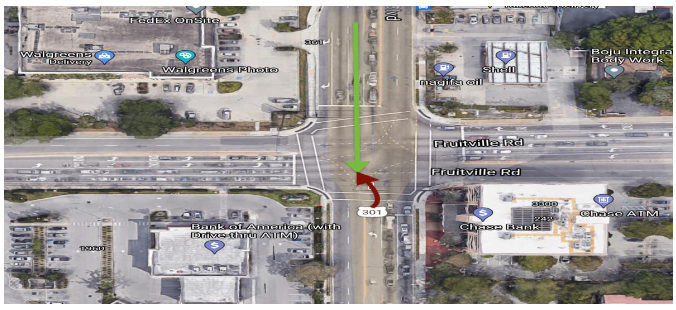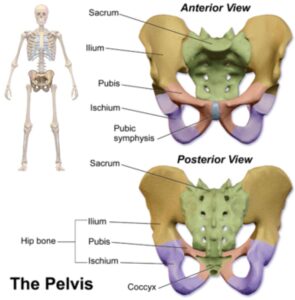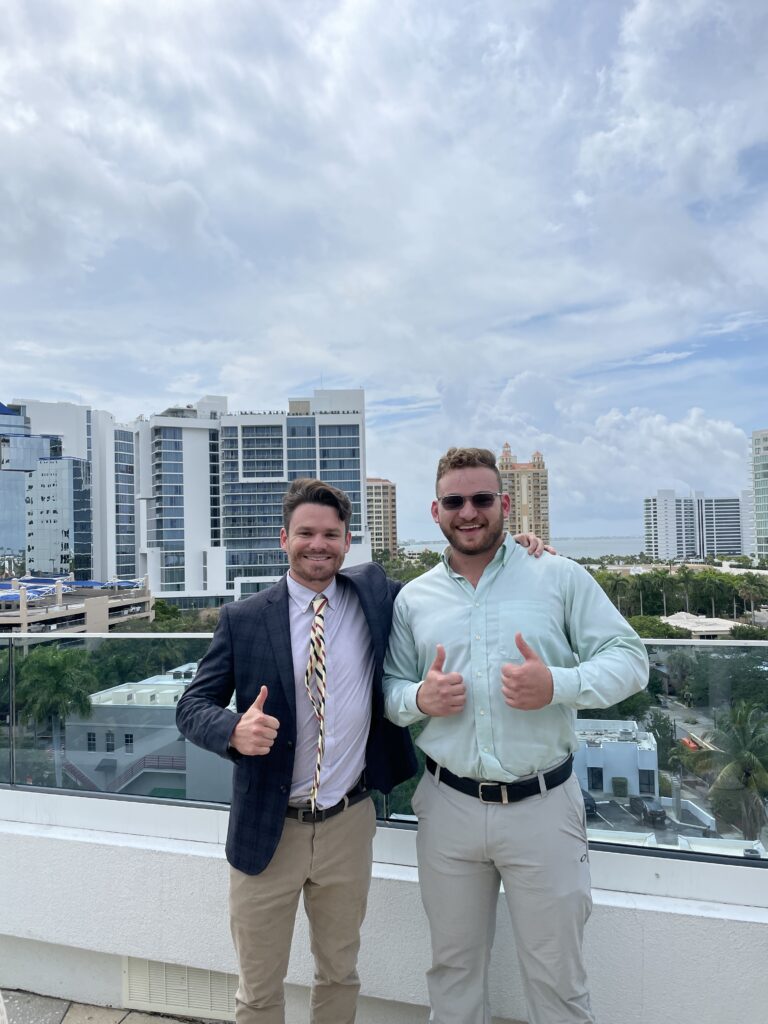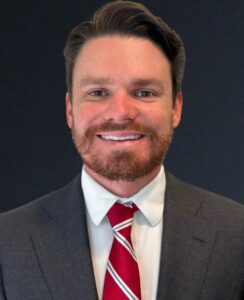Harris Law Group Obtains 1.55$ Million Settlement For Motorcycle Crash
Initial Offer 50k
SETTLED FOR: 31 TIMES INITIAL OFFER

FACTUAL BACKGROUND

Our Client suffered severe and life threatening injuries including but not limited to:
- Coma
- Open book pelvic fracture
- Fractured wrist
- Concussion Like Symptoms/Brain Injury
In the state of Florida, the driver making a left hand turn has a duty to yield to oncoming traffic when they attempt to make the turn. Although this is a relatively simply procedure, people often times violate this rule when attempting to cross the intersection.
Here, the other driver did not yield and therefore was in violation of this traffic safety rule.
However, there was also an important defense known as comparative fault based upon eye witnesses at the scene. Several witness at the scene of the crash claimed that our client was speeding. We hired an accident reconstruction expert to evaluate the scene of the accident and he determined the speed of our client was likely about 20 mph over the posted speed limit.
The at fault driver therefore had a defense that our client speeding was also part of the cause of the accident.
Mediation
We felt it was in our client’s best interest to try to sort this claim out prior to filing a lawsuit because of the danger that he would get a zero dollar verdict if a jury felt that his speeding was the actual cause of the accident. We prepared a through a complete analysis of the facts of the case and how we would argue the case at trial. At mediation, we after a full day of intense negotiations we achieved a settlement of $1,550,000 for our client.


Kyle Harris
Attorney
Tom Harris, Florida Injury Attorney, has over 39 years of experience, including 17 years of defending insurance companies before reinventing his law practice to represent injured people as a personal injury attorney.
Kyle Harris is a Florida licensed attorney who joined the family practice after starting his career as a licensed attorney in California
Office Information
-
1226 Fruitville Road
Sarasota, FL 34236 - 941-366-0860
- 941-296-8688
- tom@harislawsrq.com


